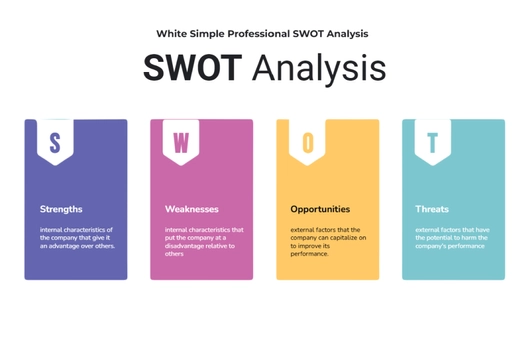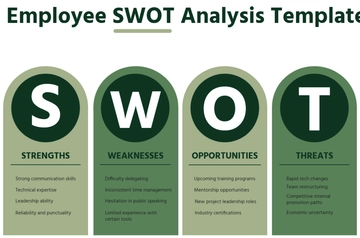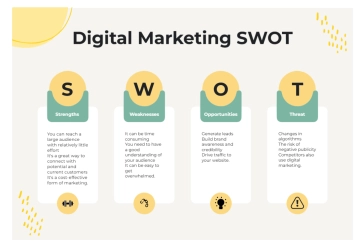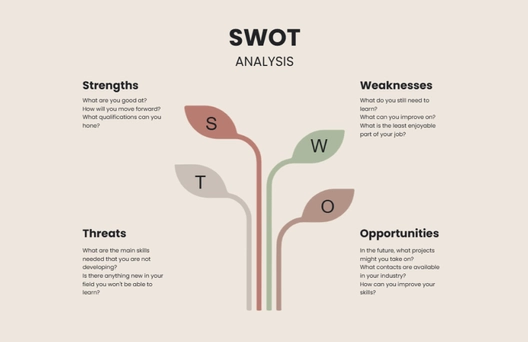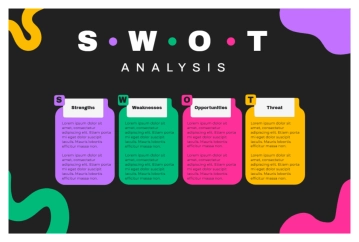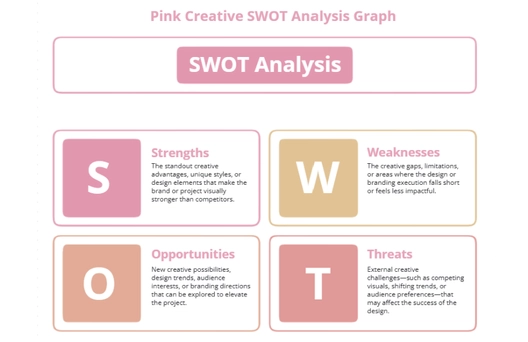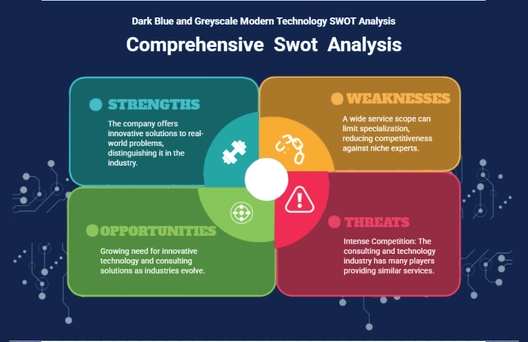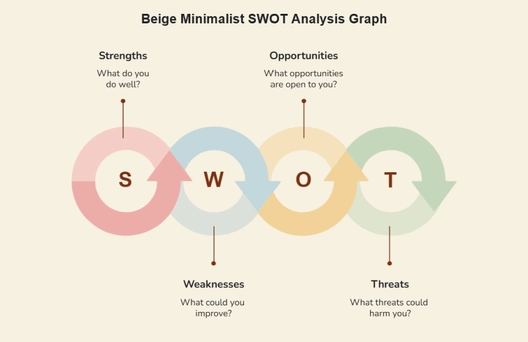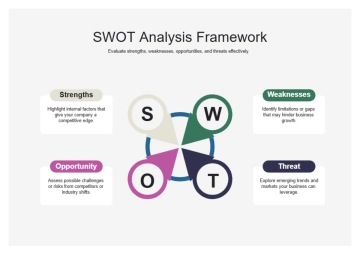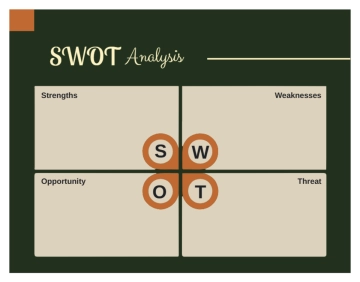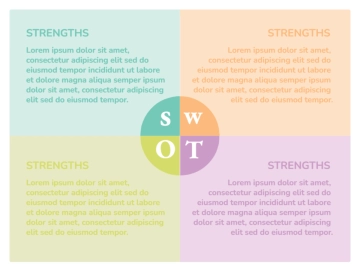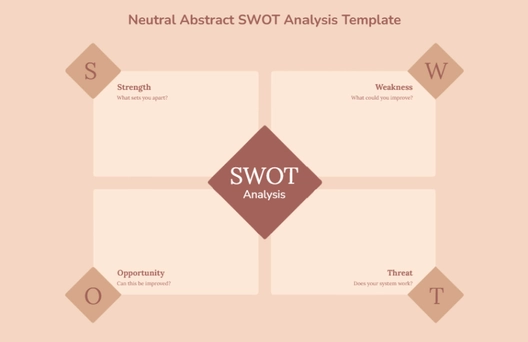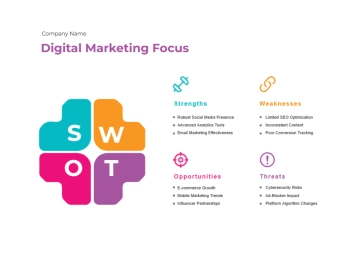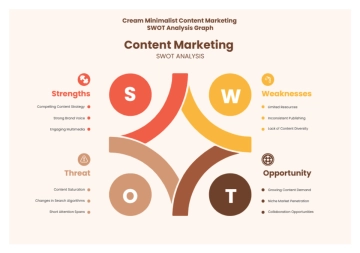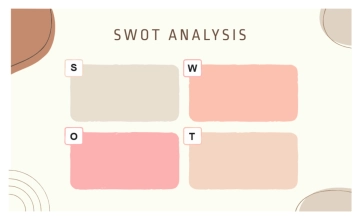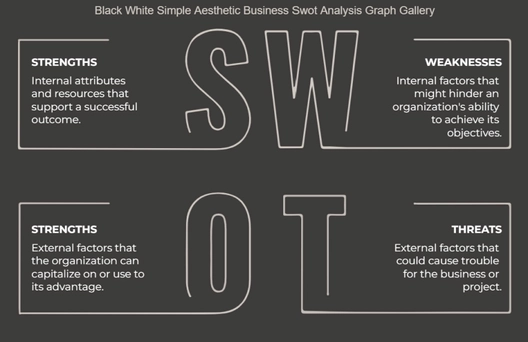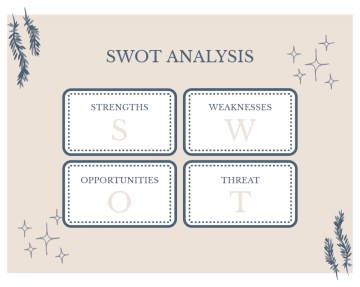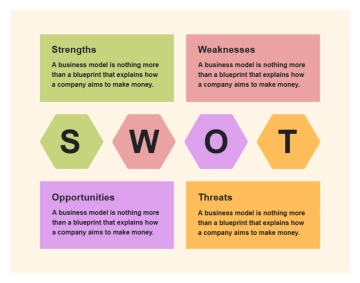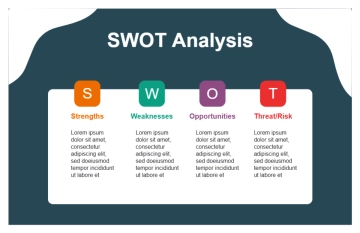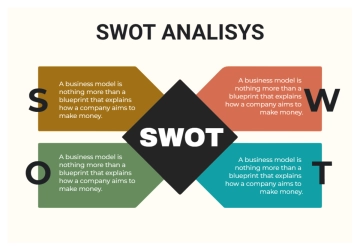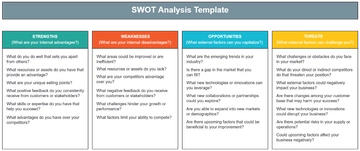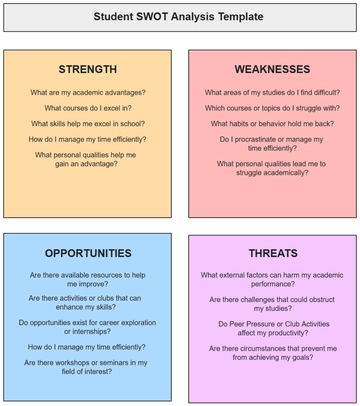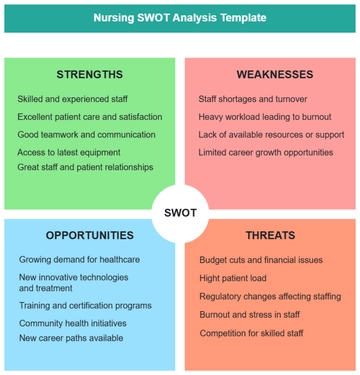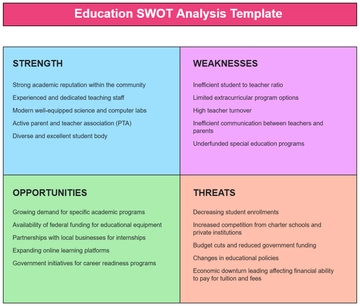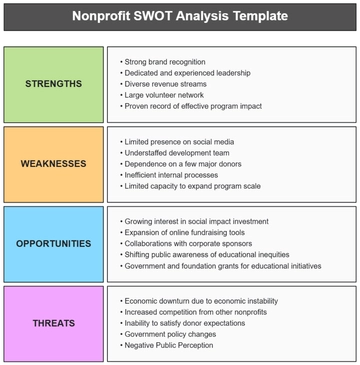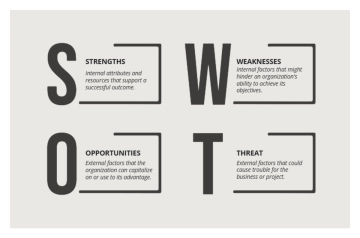Free Restaurant Analysis Report

I. Executive Summary
The 2050 Restaurant Analysis Report for [Your Company Name] provides a comprehensive overview of the restaurant’s performance over the past year. This report examines customer demographics, visit frequency, spending habits, feedback on food and service quality, and overall satisfaction levels. By analyzing these aspects, we aim to identify areas of excellence and opportunities for improvement to enhance customer satisfaction and business performance.
The key findings from this analysis will inform strategic decisions and guide future marketing, operational, and service improvements. The ultimate goal is to optimize our service offerings, improve customer retention, and increase overall profitability.
II. Customer Demographics
Understanding the demographic profile of our customers is crucial for tailoring our marketing strategies and service offerings. This section provides insights into the age, gender, income levels, and geographic locations of our patrons.
Age Distribution
Age Group | Number of Customers | Percentage (%) |
|---|---|---|
18-25 | 1,500 | 30 |
26-35 | 1,800 | 36 |
36-45 | 1,000 | 20 |
46-60 | 500 | 10 |
60+ | 200 | 4 |
Insights: The majority of our customers (66%) are within the 18-35 age range, indicating a younger customer base. This suggests that marketing efforts should focus on digital and social media channels popular with these age groups. Additionally, menu and ambiance should be designed to appeal to younger tastes and preferences.
Gender Distribution
Gender | Number of Customers | Percentage (%) |
|---|---|---|
Male | 2,700 | 54 |
Female | 2,200 | 44 |
Non-Binary | 100 | 2 |
Insights: The slight male predominance (54%) suggests that our marketing and service strategies should ensure inclusivity and appeal to all gender demographics. Ensuring that marketing materials and service approaches are gender-neutral and inclusive can help in catering to a broader audience.
Income Levels
Income Level | Number of Customers | Percentage (%) |
|---|---|---|
Below $30,000 | 1,000 | 20 |
$30,000 - $50,000 | 1,500 | 30 |
$50,000 - $70,000 | 1,200 | 24 |
$70,000 - $100,000 | 700 | 14 |
Above $100,000 | 600 | 12 |
Insights: A significant portion of our customers (50%) fall within the $30,000 - $70,000 income range. Pricing strategies and menu offerings should be mindful of this middle-income bracket to ensure affordability and value. Additionally, creating value-oriented promotions and meal deals can attract and retain these customers.
Geographic Locations
Location | Number of Customers | Percentage (%) |
|---|---|---|
Local (within 10 miles) | 3,000 | 60 |
Regional (within 50 miles) | 1,500 | 30 |
Out-of-Town (50+ miles) | 500 | 10 |
Insights: With 60% of customers being local, community engagement and local partnerships can enhance our brand presence. Regional customers (30%) indicate potential for targeted promotions to encourage repeat visits from nearby areas. Developing loyalty programs and special events for local and regional customers can further strengthen our customer base.
III. Visit Frequency and Spending Habits
Analyzing visit frequency and spending habits helps us understand customer loyalty and revenue patterns. This data is vital for developing loyalty programs and pricing strategies.
Visit Frequency
Visit Frequency | Number of Customers | Percentage (%) |
|---|---|---|
Weekly | 800 | 16 |
Bi-Weekly | 1,200 | 24 |
Monthly | 2,000 | 40 |
Occasionally | 1,000 | 20 |
Insights: A substantial number of customers (40%) visit monthly, indicating room for improvement in converting occasional visitors into more frequent patrons. Strategies like loyalty programs or special promotions can encourage more frequent visits. Identifying peak visit times and creating targeted marketing campaigns during off-peak periods can help balance customer flow.
Average Spending per Visit
Spending Range | Number of Customers | Percentage (%) |
|---|---|---|
Below $20 | 1,000 | 20 |
$20 - $40 | 2,000 | 40 |
$40 - $60 | 1,500 | 30 |
Above $60 | 500 | 10 |
Insights: Most customers (70%) spend between $20 and $60 per visit. Pricing and menu strategies should cater to this spending range while offering premium options for higher spenders. Introducing tiered menu options and upsell strategies can maximize revenue per visit.
IV. Customer Feedback and Satisfaction
Customer feedback provides direct insights into areas of excellence and opportunities for improvement. Analyzing this feedback helps us maintain high service standards and address customer concerns promptly.
Overall Satisfaction
Satisfaction Level | Number of Customers | Percentage (%) |
|---|---|---|
Very Satisfied | 1,800 | 36 |
Satisfied | 2,000 | 40 |
Neutral | 800 | 16 |
Dissatisfied | 300 | 6 |
Very Dissatisfied | 100 | 2 |
Insights: A combined 76% of customers are either very satisfied or satisfied, indicating a strong overall performance. However, the 8% dissatisfaction rate highlights areas that need attention to enhance customer experience. Continuous monitoring and improvement based on customer feedback can help maintain and improve satisfaction levels.
Key Feedback Categories
Food Quality:
Positive Feedback: 88% praised the taste, presentation, and freshness of the food.
Comments: “Best steak I’ve ever had,” “Amazing flavors,” “Fresh and delicious.”
Negative Feedback: 12% mentioned inconsistencies, such as undercooked or overcooked dishes.
Comments: “The chicken was undercooked,” “Steak was too tough.”
Service:
Positive Feedback: 85% highlighted excellent service, mentioning friendly and attentive staff.
Comments: “Our waiter was fantastic,” “Great service, very attentive.”
Negative Feedback: 15% indicated slow service or unprofessional behavior.
Comments: “Service was slow during busy hours,” “Waiter seemed distracted.”
Ambiance:
Positive Feedback: 90% appreciated the restaurant’s ambiance, noting the pleasant atmosphere and cleanliness.
Comments: “Lovely ambiance,” “Very clean and welcoming environment.”
Negative Feedback: 10% mentioned issues such as noise levels and uncomfortable seating.
Comments: “Too noisy,” “Seats were uncomfortable.”
Feedback Analysis Summary
Feedback Category | Positive Feedback (%) | Negative Feedback (%) |
|---|---|---|
Food Quality | 88 | 12 |
Service | 85 | 15 |
Ambiance | 90 | 10 |
Insights:
Food Quality: The high percentage of positive feedback indicates that [Your Company Name] excels in food quality, which is a cornerstone of our reputation. However, the 12% negative feedback points to occasional lapses in consistency. This suggests a need for more rigorous quality control measures to ensure every dish meets our high standards.
Service: While service is a strong point, the 15% negative feedback indicates areas for improvement, particularly during busy periods. Training programs focused on efficiency and professionalism could help address these concerns.
Ambiance: The ambiance is a strong point, with minor adjustments needed to address noise and seating comfort. Enhancing the dining environment can further improve customer satisfaction.
V. Recommendations
Based on the detailed analysis of customer demographics, visit frequency, spending habits, and feedback, we propose the following recommendations to enhance customer satisfaction and business performance at [Your Company Name]:
1. Enhance Menu Variety
Objective: Address the 25% of feedback suggesting more variety.
Action Plan: Introduce seasonal menus and special dietary options to cater to diverse preferences. Regularly update the menu to keep offerings fresh and exciting. Highlight new items through marketing campaigns and special promotions.
2. Implement Loyalty Programs
Objective: Increase visit frequency and customer retention.
Action Plan: Develop a loyalty program offering rewards for frequent visits, such as discounts, free items, or exclusive access to new menu items. Promote the program through digital channels and in-restaurant signage to encourage sign-ups.
3. Improve Service Efficiency
Objective: Reduce the 15% negative feedback on service speed and professionalism.
Action Plan: Conduct regular training sessions focused on service efficiency, customer interaction, and handling peak times. Implement a system for monitoring service performance and providing feedback to staff. Use technology, such as table-side ordering systems, to streamline service processes.
4. Optimize Ambiance
Objective: Maintain high satisfaction with ambiance while addressing minor complaints.
Action Plan: Implement soundproofing measures to reduce noise levels. Invest in comfortable seating options and regularly update the interior decor to maintain a pleasant dining environment. Conduct regular surveys to gather feedback on ambiance and make adjustments as needed.
5. Address Inconsistencies in Food Quality
Objective: Ensure consistent food quality to reduce the 12% negative feedback.
Action Plan: Standardize cooking procedures and conduct regular quality control checks. Provide ongoing training for kitchen staff to maintain high standards in food preparation and presentation. Use customer feedback to identify and address specific issues promptly.
6. Leverage Digital Marketing
Objective: Target the 18-35 age group effectively.
Action Plan: Increase engagement on social media platforms and utilize targeted ads to reach younger demographics. Promote special events, new menu items, and loyalty programs through digital channels. Encourage customers to share their dining experiences online and offer incentives for positive reviews.
VI. Conclusion
The 2050 Restaurant Analysis Report for [Your Company Name] provides invaluable insights into our customer base, their preferences, behaviors, and feedback. By understanding these dimensions, we can make informed strategic decisions to enhance customer satisfaction, improve service quality, and increase overall business performance. Implementing the recommended actions will position [Your Company Name] for continued success and growth in the competitive restaurant industry.
By continuously monitoring customer feedback and adapting to changing preferences, we can ensure that [Your Company Name] remains a top choice for dining. Engaging with our customers and responding to their needs will help build long-term loyalty and drive sustained growth.
Prepared by: [Your Name]
Contact Information:
[Your Company Number]
[Your Company Email]
[Your Company Website]
Date:
- 100% Customizable, free editor
- Access 1 Million+ Templates, photo’s & graphics
- Download or share as a template
- Click and replace photos, graphics, text, backgrounds
- Resize, crop, AI write & more
- Access advanced editor
Uncover the recipe for success with Template.net's Restaurant Analysis Report Template. This comprehensive tool offers a detailed examination of your restaurant's performance, covering key metrics, trends, and insights. With our AI editor tool, easily customize and refine this template to align with your business objectives. Drive informed decisions and maximize profitability with Template.net by your side.
